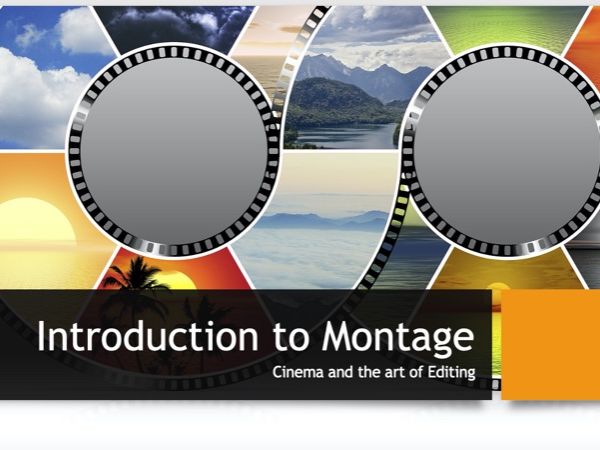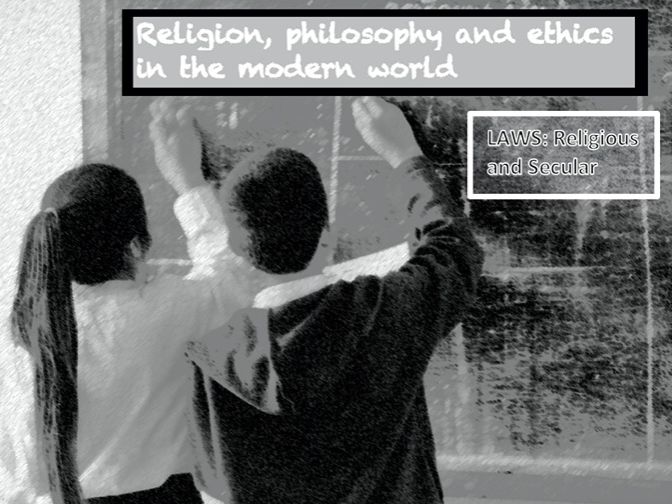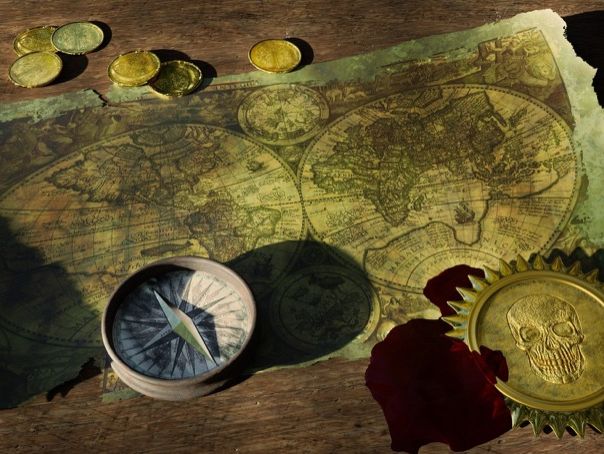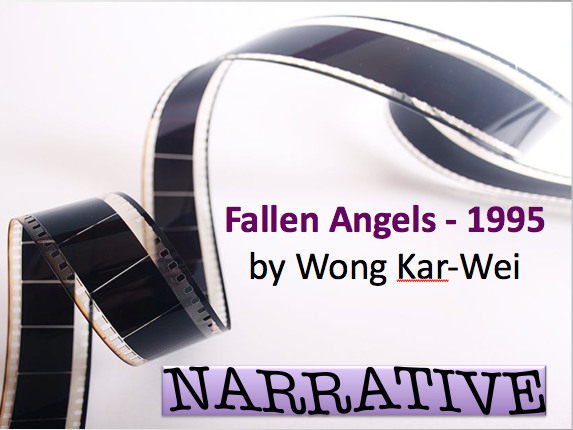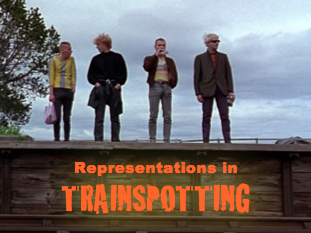49Uploads
9k+Views
2k+Downloads
All resources

Covid 19, Change and Technology: THE MACHINE STOPS
E.M. Forster’s 1909 short story about a future dystopia provides an excellent stiumlus to explore many issues that impact young peoples’ lives in 2021.
THE MACHINE STOPS (1909) paints a picture that allows us to reflect on a multitude of topical questions:
how far has technology helped us to advance, individually and socially?
how does technology impact our relationships to our bodies and senses?
how does technology affect our relationship with the natural world?
how do metaphor, irony and allegory work to convey social messages?
how does technology impact our ability to gain knowledge of what is true and to separate fact from fiction?
Forster’s prophetic short story was extremely prescient in its vision of a future society in which people would be confined indoors, socially distanced and isolated even from their closest kin, and in which all connection to people and the world is mediated through a “machine”. What happens when Kuno decides he wants to escape the machine and to live by his own wits?

Film Studies A-Level Revision Quiz (Sunrise, 1927)
This is a great revision exercise for the EDUQAS Film Studies A-Level, Component 2, Global Filmmaking Perspectives: Silent Cinema.
This is a 20 slide Quiz presented in PowerPoint.
It works well for team or small group competitions.

Cinema and the Art of EDITING
For both film and media studies, this 14-slide full colour, interactive PowerPoint presentation provides a brief introduction to the basics of film editing (montage).
The six elements of an edit are introduced, as well as a discussion of pace, style of editing and parallel editing (cross cutting).
Helpful links to YouTube videos provide illustrative examples of the terminology presented.
The Presentation - along with Q&A and examples - should fill a 1 hour lesson.

Understanding Religious and Secular Laws
This is a 30 slide colour PowerPoint Presentation, with animated slides and interactive questions. The last several slides are designed for exam preparation for OCR General Certificate of Secondary Education.
It is also useful for discussing broader questions, such as the differences between morality and law, or secularism and theocracy.
Learning Outcomes:
Understand the difference between secular and religious laws.
For United Kingdom GCSE Religious Studies (9–1)
Unit J625/06: Religion, philosophy and ethics in the modern world from a Christian perspective
Unit J625/07: Religion, philosophy and ethics in the modern world from a Muslim perspective

Understanding Tolerance Presentation
This is a full color 27 slide animated PowerPoint presentation. It forms the basis of an assembly or a full two hour lesson (depending upon time taken for class discussion/debate).
It is a very interactive tool designed to prompt discussion and debate and to get youngsters thinking for themselves and reflecting on the complexities and problems associated with tolerance. It encourages them to actively define tolerance, and to reflect upon their definition, based on careful analysis of real life cases and examples.
This lesson can be used can be used in an American or British context. It would work with a wide variety of age groups and can help in teaching citizenship, PSHE, RS, or British Values.
It could also work well as a starter exercise for the study of Liberalism (politics).

Movie-Themed Treasure Hunt
This is an activity for team or pairs from Years 11+ and involves an active search for the answers, which are interdependent, so that one answer leads to another as students progress.
The game could be set up as a race to the finish line. Depending upon the research abilities and cinematic specialist knowledge of the team, the game could take anywhere from 15 minutes to 45 minutes to complete.
Included in this resource pack is: a treasure hunt ‘map’, two styles of answer sheets for students/teams, and an answer key for teachers.

Analysing Class representations in TRAINSPOTTING and FISH TANK (Arnold, 2009)
For **FILM STUDIES A-LEVEL **
This class exercise allows students to consider class representations in the 2009 UK independent film Fish Tank.
It will prompt discussion and allow students to think about how a variety of characters are represented.
The objective is for students to fill in their worksheets independently or in pairs, and then for each individual or pair to feedback to the whole group. In this way, a wide range of answers and insights can be explored.
The exercise could fill nearly an entire 1 hour lesson, depending upon the group size.

Winter's Bone - binary analysis
This chart helps to understand how the narrative conflicts in Winter’s Bone are related to different ideological positions, with respect to values such as community versus individual rights, ‘omerta’ versus whistleblowing, and ‘honour’ versus responsibility/ humanity.

What is Tolerance?
This exercise provides interactive discussion prompters and tasks that help students to reflect carefully on what they think tolerance really means. It should form the basis for two 1-hour lessons, for secondary students between ages 14 - 18.
The aim is to foster a critical discussion about tolerant societies, and to help students to reflect upon whether there is a distinction between tolerance and cultural/ moral relativism.
How can tolerance be a principled approach that is fair to both individuals and communities?
Is tolerance fair to **all **citizens?
Does a tolerant state promote genuine** intellectual** diversity?
How can a state promote tolerance without becoming an intolerant state, i.e. without promoting censorship of controversial ideas?

A-Level Film Studies: Sunrise (Murnau, 1927) Close Study
This GERMAN EXPRESSIONIST film from the late silent period showcases many features of German Expessionist cinema, as well as being a key example of a film made in Hollywood for an American audience. Made in 1927 by Fox Studio, this film forms the basis of a lesson around German Expressionist cinema and its visual techniques. This 32-Slide presentation provides lots of detail as well as explanation about how certain visual effects were achieved.
Ideal for teachers fdollowing the EDUQAS Film Studies A-Level, Component 2.

New Hollywood of the 1970s PowerPoint Presentation
This is a full color 20-slide presentation with links to helpful film clips as illustrations.
It forms a class lesson for A-Level film Studies or equivalent and gives helpful context for films produced at this exciting, director-led period of of Hollywood cinema.

RELIGION, HUMAN RIGHTS & SOCIAL JUSTICE
Ideal for teaching and revising the
AQA Religious Studies A, Component 2 – thematic studies
Theme F: Religion, human rights and social justice (GCSE).
This 56-slide PowerPoint presentation covers the AQA curriculm and textbook’s main definitions and helps
GCSE students prepare a good set of answers for the exams.
It will encourage critical thinking about the examination board’s definitions and assumptions at certain points, but will not prevent students from saying the “right” answers needed to pass the examination.

Do Documentaries Tell Stories? - starter exercise
This is a quick starter worksheet to get students to begin a discussion on the similarities and differences between documentaries and narrative (fiction) films. They may be surprised how many conventions and techniques overlap. This can help to stimulate discussion of what makes a film a documentary, since documentaries can be harder to distinguish from narrative films than one might think.

Fallen Angels (Wong Kar-Wei) - a narrative study
This fully animated, interactive 20 Slide illustrated Power-Point presentation forms the basis of a lesson, ideal for a post-screening discussion of narrative in Wong Kar-Wei’s 1995 Hong Kong New Wave film FALLEN ANGELS. The presentation provides several opportunities to pause and discuss aspects of narrative in the
film and encourages students to think about the ways in which Wong’s cinema breaks away from conventional genre storytelling methods.
The presentation is ideal for the Global CInema / Experimental Cinema component of EDUQAS Film Studies A-Level or for any film studies course interested in Hong Kong New Wave, Auteur studies, or Global Cinema.

What is THE BECHDEL TEST?
A brief explanation of the Bechdel Test and what it measures. The test is widely regarded as a measure of female representation in film, and provides a useful ‘rule’ by which representation of women / girls can be measured.

No Country For Old Men Analysis (A-Level Film & Media Studies)
This fully animated, interactive presentation is comprised of 43 full colour slides. The analysis of narrative, formal elements and spectatorship aims at preparing film studies students for the A-Level Exam, (EDUQAS FIlm Studies, Component 1B - American Cinema).
It is equally useful for any film or media course. Elements of narrative, as well as camera, sound design, mise-en-scene and lighting are all analysed in this comprehensive study of this modern Western gothic film.
This presentation is designed to form the basis for a full one hour lesson, and could be extended to further sessions.

Global Cinema Comparative Study: MUSTANG & TIMBUKTU
This 23 full colour slide presentation offers A-Level Film Studies Students many interactive exercises that will help them to compare and contrast these two films from global cinema. Mustang (Erguven, 2015, Turkey/France) tells the story of five sisters living in rural Turkey, where village and local Islamic traditions are still strictly enforced. Timbuktu (Sissako, 2014, Mauritania/France) dramatises the occupation of Northern Mali by Jihadist Islamists in 2012, and revolves around the real life story of a couple who were stoned to death for having a child out of wedlock.
The two films are studied as excellent examples of post-millennial global cinema and offer many points of comparison.
Both films offer means of studying religious debates, culture and global politics.
This presentation should fill an entire one hour lesson and may be extended into longer or more developed exercises.

REPRESENTATIONS IN *TRAINSPOTTING*
This is a set of notes to help for revision of TRAINSPOTTING for film studies A-Level candidates.
Representations analyzed include:
Nationality
Class
Gender
Age

SUNRISE (FW Murnau, 1927) -- Test
Basic Comprehension questions - Test - for SUNRISE, Eduqas A-Level Film Studies.

Fish Tank (Andrea Arnold, UK, 2009) HOMEWORK QUESTIONS
Useful for the EDUQAS Film A-Level.
12 questions covering representations, class, ideology, narrative and ‘the female gaze’.



